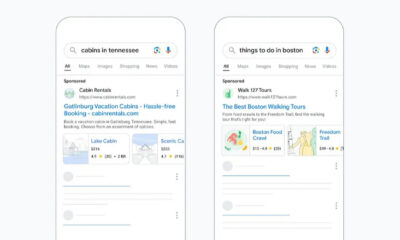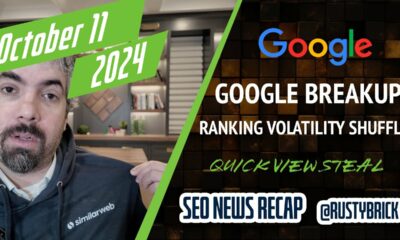Adopting a one-size-fits-all approach to digital advertising often ends up costing brands much-needed time and resources. That’s why many marketers are investing in strategic and creative efforts to help connect with high-propensity audiences.
“Initially we were spending media dollars on account-based ad platforms and were generally getting a high volume of traffic to our site,” said Ken Kuperstein, director of marketing at One Door in his presentation at our MarTech conference. “However, the data could not confirm if we were connecting with our personas or just anyone from a target account. To us, that was kind of a waste of media dollars.”
He added, “We had to find a way to bring prospects into the funnel and stay engaged with them throughout the journey.”
Here are some ways Kuperstein recommends marketers use display advertising to improve sales pipelines.
Engage with key decision-makers within target accounts
“We don’t have a big sales team,” Kuperstein said, “So we need to be laser-focused on the accounts in our ABM group and tracking who is engaged with our ads.”
To engage with specific individuals online, he says there are two main options:
- Email marketing via automation
- InMail via LinkedIn
However, these methods may lack first-person marketing capabilities, which can make all the difference. Brands need to prioritize connecting with key decision-makers in the accounts they target.
”We know when a person has clicked an ad, how many impressions they’ve been served and what pages they have visited,” he said.

Develop persona-specific creative ad content
No matter how creative your display ad content is, it’ll most likely come up short if it fails to speak to your buyer groups. Savvy marketers know to combine creative efforts with persona groups to help improve customer experiences.
“We added about three to five personas to each buying group with different goals and pain points,” said Kuperstein. “We developed a series of persona-specific ads — the goal was to drive our personas to landing pages that are most relevant to them.”
He pointed to a campaign his organization ran targeting Walgreens. His team became more specific with their creative ads — by simply adding the ‘”Walgreens” name to headlines, their campaign’s clickthrough rate increased from 0.25% to 1.1%.”
“When we talk about personalizing ads, these efforts don’t take a lot of work but yield huge results,” he said.
Adopt a unified funnel to align marketing and sales
“It’s really about tying the marketing and sales results together,” Kuperstein said. Using creative, persona-specific display ads in your marketing can do this by providing customers with relevant information and then guiding them to the sales team’s solutions.
“The most insightful part of this is being able to understand and analyze the qualified leads,” he said. “Our strategy has been re-adjusting our spending and putting it into tactics where we can find the people that we want.”
Nirosha Methananda, VP of marketing at Influ2, highlighted the need for a unified marketing and sales funnel in the same session: “The unified funnel helps with that workflow and connects the dots with the results from your campaigns.”
Watch the full presentation from our MarTech conference here (free registration required).



















You must be logged in to post a comment Login